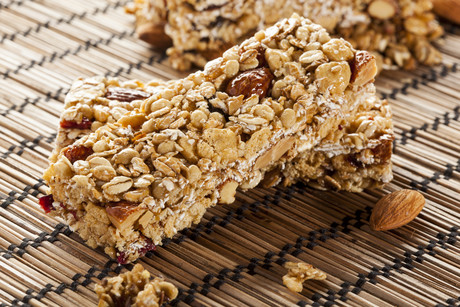US$450,000 grant to build better oats

Food scientist Padu Krishnan has received a National Institute of Food and Agriculture research grant of nearly US$450,000 from the US Department of Agriculture to improve the quality of oats in North America and expand product offerings.
Krishnan, Professor in the Department of Dairy and Food Science from the South Dakota State University (SDSU), said the three-year research grant will help him and graduate student Devendra Paudel continue their work on a near-infrared spectrometer (NIRS) calibration to determine beta glucan levels in oats.

Beta glucan is the soluble fibre in oats that can help lower cholesterol, but according to the Food and Drug Administration, a food product must contain at least 0.75 g per serving to use the ‘heart healthy’ label.
Developing a consistent supply of oats that could deliver these health benefits was not simple, as measuring beta glucan had been a 20-year challenge for the industry. One traditional method was a chemical procedure known as the Megazyme method, but Krishnan said, “It costs more than $400 to analyse 50 samples in duplicate — that’s very expensive when large numbers of samples are involved.”
The NIRS, which takes less than a minute to scan a sample, is a quicker and cheaper method of quantifying beta glucan. The nutrients in grain absorb and reflect near-infrared energy which creates a unique spectra.
“The NIR spectra is like a fingerprint — we relate the spectral information with a reference method to provide a rapid analysis method that maintains accuracy and precision,” Krishnan explained.
The single instrument — which can determine moisture, protein, fat, carbohydrate and beta glucan content — is designed to give a holistic view of oats. With samples from multiple locations and years, it can be used to identify and select breeding lines that have high beta glucan.
“This new grant will provide additional tools for us to use in developing new oat cultivars with characteristics that meet processors’ needs and provide increased health benefits for consumers,” said Melanie Caffé, SDSU oat breeder and co-principal investigator on the project.
Although oats are traditionally a breakfast food, the researchers are hoping to develop other products that are high in beta glucan. These include an oat beverage, incorporating oat flour in Asian noodles and using oats as a thickener for products such as soup.
Call for comment on endo-1,4-beta-xylanase as a processing aid
Food Standards Australia New Zealand (FSANZ) is calling for comment on an application to permit...
UV light technology to curb viral transmission in poultry environments
Widespread bird flu outbreaks underscore the urgent need for disinfection solutions to curb viral...
Aussie Barramundi farm achieves certification for responsible aquaculture
Northern Territory's Humpty Doo Barramundi is claimed to be the first Australian Barramundi...











